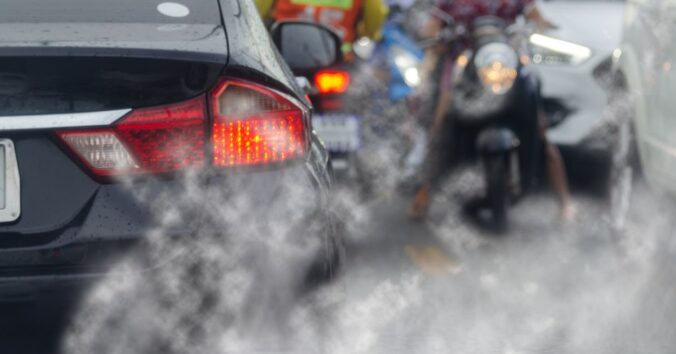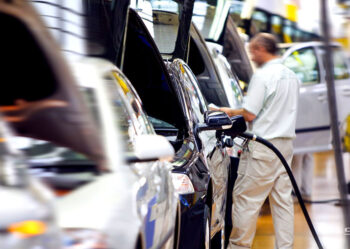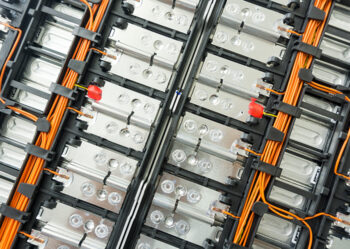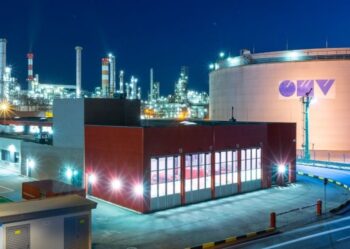Tensions on the Euro 7 standard for the automotive industry

The “Euro” standards started to be implemented by the European Union in 1988, they were only dedicated to heavy vehicles at the time and aimed at limiting their GHG emissions. They were introduced in order to limit pollutant emissions from road transport. The laws succeeding one another (Euro 0 standard to Euro 7 standard today), manufacturers have been restricted in the construction of their vehicles.
The standards related to the environment are becoming more and more restrictive for car manufacturers, who are obliged to put less polluting vehicles on the market. Thus, all new vehicles must now comply with the Euro 7 standard since November 10, 2022 in application of this new regulatory provision.
What is the Euro 7 standard :
The Euro 7 law promulgated by the European Parliament, requires car manufacturers to produce vehicles to limit their GHG emissions, the objective being to drastically reduce the amount of nitrogen oxide to 60 mg per kilometer for diesel vehicles (this restriction is already in place for gasoline vehicles since Euro 6).
In the long term, the European Commission aims to reduce nitrogen dioxide pollution from traffic by 35% by 2035. Heavy goods vehicles will also be subject to these new restrictions from 2027.
Until 2025, the Euro 6d standard will govern CO2 emissions for most vehicles and the particles targeted are
- carbon monoxide (CO),
- hydrocarbons (HC)
- or nitrogen oxide (NOx)
With Euro 7 voted on November 10, 2022 and whose entry into force is planned from July 1, 2025, new requirements will be introduced.
The notable novelties of the Euro 7 standard :
The new Euro 7 regulation plans to review various aspects of CO2 emissions such as
- The addition of notable requirements regarding the thresholds of pollutants already regulated that were not previously concerned
- The supervision of the durability of batteries for electric vehicles
- Real-time monitoring of emissions data by EU countries’ authorities.
There will also be a major change, this time in the way the standard is applied.
Indeed, while vehicles had to comply with the previous standard only for the first 100,000 km (or the first 5 years), they will now have to comply for a longer period. Thus, light vehicles will have to comply with the Euro 7 standard for 200,000km (or the first 10 years).
The European Commission is planning to announce similar extensions for heavy vehicles.
Why the Euro 7 standard is a source of tension for car manufacturers :
The difference with other standards is that Euro 7 is the first standard to target electric vehicles as well, and electric vehicle manufacturers thought they would be exempted. The new law impacts different components of cars in general, such as brakes and tires, in order to limit emissions on thermal and electric vehicles.
Exhaust emissions are no longer the only ones targeted. This is an unprecedented regulation: Europe is now tackling particulate emissions from brakes and microplastic emissions from tire abrasion. This applies to all engines. For the moment, the European Commission has only unveiled the limits for light vehicles, and only for brakes. Thus, from July 1 to December 31, 2034, the limit not to be exceeded for fine particle emissions (in this case the PM10 particle) will be 7 mg/km.
Another measure, this time specific to electric vehicles and plug-in hybrids.
According to the new Euro 7 law, the batteries of these vehicles will have to keep a stable performance. Thus, for a 100% electric or rechargeable hybrid vehicle, the battery should keep at least 80% of its performance during the first 5 years or over a distance of 100,000 km.
For light commercial vehicles (electric or plug-in hybrid), the expected battery performance is 75% over the first 5 years or over 100,000km.
The European Commission encourages consumers to have more confidence in electric vehicles. It says this will “reduce the need for new raw materials for battery production”.
As far as heavy vehicles are concerned, the restrictions on batteries have not yet been mentioned, but it will not be long before they are.
SNECI and the support in improving industrial performance :
Thanks to its 450 partners around the world and its 70 years of experience, SNECI, a service and consulting company, specializing in international business development and industrial performance improvement, supports you on industrial projects (launches, transfers, optimization, …), thanks to our experts in process engineering and supplier development, in order to control the quality, cost and deadline aspects.
Our tailored, responsive, local and agile approach allows us to respond to both external and internal constraints.
Our expertise allows us to offer solutions for supplier sourcing, audits, management of complex industrial projects (dismantling, transfer, etc.), training & coaching, sorting and reworking, not to mention purchasing and logistics.
If you too would like to benefit from SNECI’s support in improving industrial performance, do not hesitate to contact us via our website or by e-mail laura@sneci.com.





